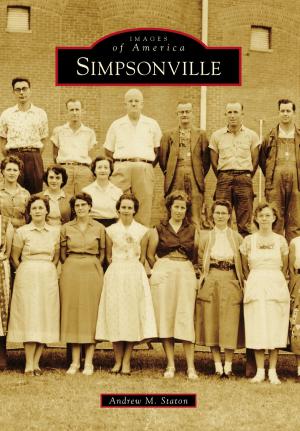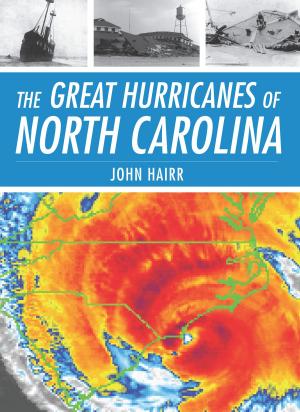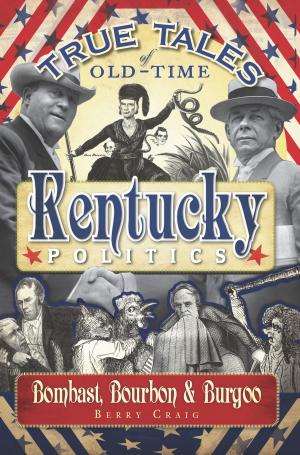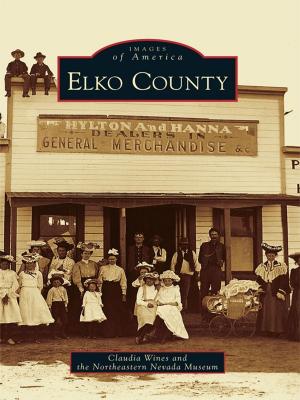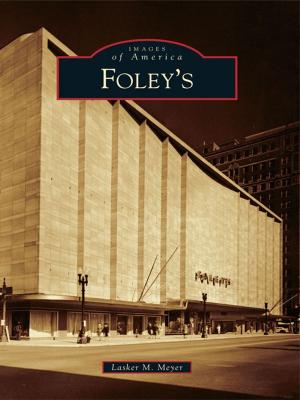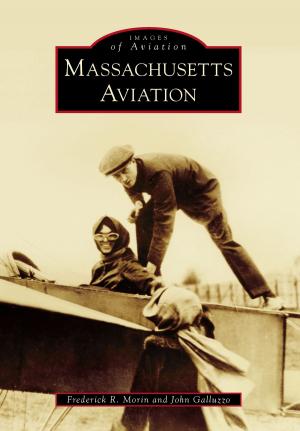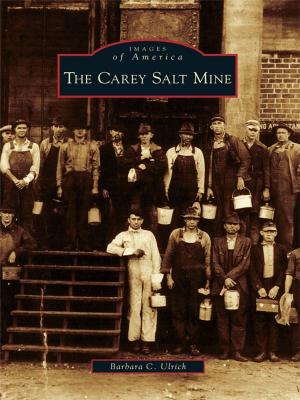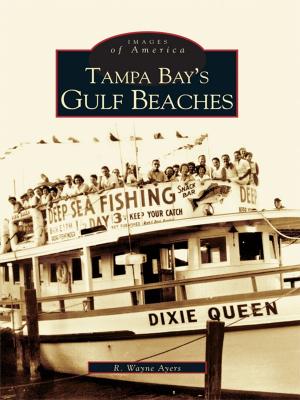Sistersville and Tyler County
Nonfiction, Travel, Pictorials, Art & Architecture, Photography, History| Author: | Luke N. Peters | ISBN: | 9781439635292 |
| Publisher: | Arcadia Publishing Inc. | Publication: | August 29, 2007 |
| Imprint: | Arcadia Publishing | Language: | English |
| Author: | Luke N. Peters |
| ISBN: | 9781439635292 |
| Publisher: | Arcadia Publishing Inc. |
| Publication: | August 29, 2007 |
| Imprint: | Arcadia Publishing |
| Language: | English |
In 1802, Charles Wells brought his family of 22 children down the Ohio River to a point later known as Wells Landing. With its ferryboat, tannery, blacksmiths, lumber, and flour mills, the village became a stop for river traffic and a commercial center where the scattered farming population would sell their wares. When Charles Wells died in 1815, he willed part of his estate to two daughters, Delilah Wells Grier and Sarah Wells McCoy, which they plotted and named Sistersville. In 1816, two years after Tyler County was formed, Middlebourne was chosen as the county seat. When the railroad reached Tyler County in 1884, its quiet communities enjoyed moderate prosperity; however, when Joshua Russell struck oil at the Polecat well in 1891, nearly 15,000 people rushed into the Sistersville area to find their fortunes. Discover the story of the oil boom with its saloons, hotels, opera houses, theaters, mansions, industries, and churches as told in detail through photographs from local collections
and museums.
and museums.
In 1802, Charles Wells brought his family of 22 children down the Ohio River to a point later known as Wells Landing. With its ferryboat, tannery, blacksmiths, lumber, and flour mills, the village became a stop for river traffic and a commercial center where the scattered farming population would sell their wares. When Charles Wells died in 1815, he willed part of his estate to two daughters, Delilah Wells Grier and Sarah Wells McCoy, which they plotted and named Sistersville. In 1816, two years after Tyler County was formed, Middlebourne was chosen as the county seat. When the railroad reached Tyler County in 1884, its quiet communities enjoyed moderate prosperity; however, when Joshua Russell struck oil at the Polecat well in 1891, nearly 15,000 people rushed into the Sistersville area to find their fortunes. Discover the story of the oil boom with its saloons, hotels, opera houses, theaters, mansions, industries, and churches as told in detail through photographs from local collections
and museums.
and museums.


